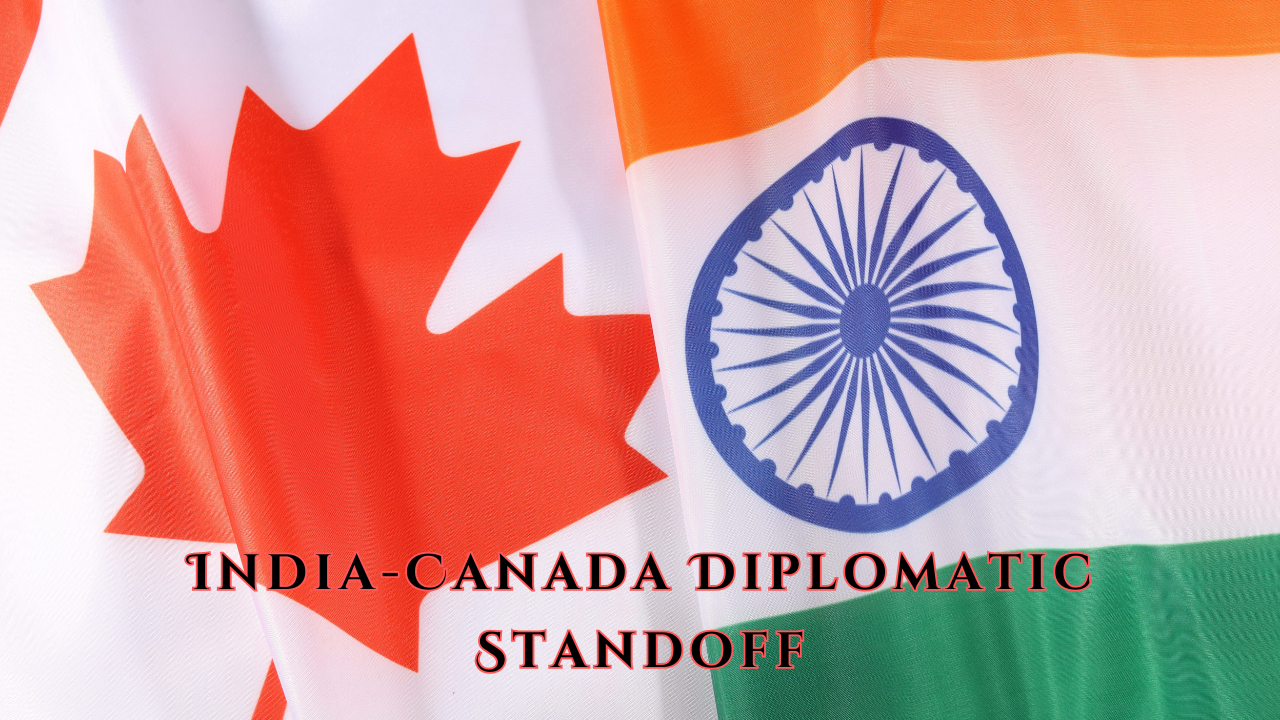Font size:
Print
UN High Sea Treaty or BBNJ Agreement
Context:
Director General of the International Union for Conservation of Nature (IUCN), emphasized the importance of a fully functional High Seas Biodiversity Treaty on World Oceans Day 2024.
More in News:
- Urged countries worldwide to support the ratification process of the treaty, aiming to bring almost half of the planet’s surface under better regulation through international law.
- Need for a global agreement on unsustainable fisheries.
- Advocated for making the scientific, legal, and moral case for a moratorium on deep-sea mining to protect marine ecosystems.
UN High Sea Treaty or BBNJ Agreement:
-
- It is the agreement under the United Nations Convention on the Law of the Sea on the conservation and sustainable use of marine Biodiversity of Areas Beyond National Jurisdiction (BBNJ Agreement).
- Adopted by the United Nations in June 2023.
- Aim: The treaty seeks to safeguard and responsibly utilise marine biodiversity in regions outside of national jurisdiction, encompassing approximately two-thirds of the Earth’s oceans.
- Objectives:
-
- promote equity and fairness
- tackle environmental degradation
- fight climate change, and
- prevent biodiversity loss in the high seas
- Parties of the Treaty:
-
- Opened to state signatures in September 2023, with 90 countries signing, including Nepal and Bangladesh.
-
- Only seven countries have ratified the treaty Belize, Chile, Mauritius, Federated States of Micronesia, Monaco, Palau and the Seychelles
- with at least 60 ratifications needed for it to become international law.
- India has neither signed nor ratified the treaty.
- Urgent need for collective action to push for ratification by world leaders.
- Only seven countries have ratified the treaty Belize, Chile, Mauritius, Federated States of Micronesia, Monaco, Palau and the Seychelles
- Call to Action:
-
- On World Ocean Day, the Alliance urges world leaders to ratify the High Seas Treaty for the protection of biodiversity.
- less than 2% of the world’s high seas are protected by law.
- IUCN’s commitment to conservation efforts for the ocean and the blue planet.
What can be done?
- A network of marine protected areas (MPAs):
-
- The agreement enables the creation of a global network of marine protected areas (MPAs) and other area-based management tools (ABMTs).
- These tools support ecological connectivity, climate change resilience, and the preservation of species and ecosystems.
- Fair and Equitable Sharing of Benefits from Marine Genetic Resources:
-
- Includes monetary and non-monetary benefits.
- Guides research collaborations between scientists, industry, and states.
- Standards for Environmental Impact Assessments (EIAs):
-
- Improves consistency and legal certainty.
- Sets minimum global standards for screening, scoping, conducting, and monitoring EIAs and Strategic Environmental Assessments.
- Capacity Building and Technology Transfer:
-
- Establishes mechanisms and requirements for capacity building and technology transfer.
- Supports the agreement’s implementation and protects biodiversity in ABNJ.
Significance of Ocean:
- Billions of people rely on the ocean for food and income.
- Marine fisheries employ over 200 million people, directly or indirectly.
- Marine genetic resources supply medicines and products for the medical and pharmaceutical sectors.
- Phytoplankton, kelp, and algal plankton generate more than half of the oxygen we breathe.
- SDG Goal 14: Conserve and sustainably use the oceans, seas and marine resources for sustainable development
UNCLOS Division of Marine Area:
- Marine Zones: UNCLOS divides marine areas into five main zones, each with varying degrees of national control and rights:
- Internal Waters:Fully under national sovereignty, equivalent to land territory.
- Territorial Sea:Extends 12 nautical miles from the baseline.
- Coastal states have sovereignty but must permit “innocent passage” of foreign ships.
- Contiguous Zone: Extends 24 nautical miles from the baseline.
- States have limited control to enforce customs, fiscal, immigration, or sanitary laws.
- Exclusive Economic Zone (EEZ): Extends 200 nautical miles from the baseline.
- Coastal states have sovereign rights over resources and certain economic activities.
- Continental Shelf: Can extend beyond 200 nautical miles if it is a natural prolongation of the land territory, Coastal states have rights over non-living resources of the seabed.
- High Seas: The high seas encompass the maritime area beyond the jurisdiction of States.
- Open to all states, governed by UNCLOS rules on navigation, overflight, fishing, et
- It constitutes international waters, belonging to no specific entity and are the responsibility of all.
- It covers half of the world’s surface and 65% of the oceans’ surface area, accounting for 90% of their volume.
- The International Seabed Authority (ISA) regulates exploration and mining while ensuring environmental protection.

|
About UNCLOS:
|

